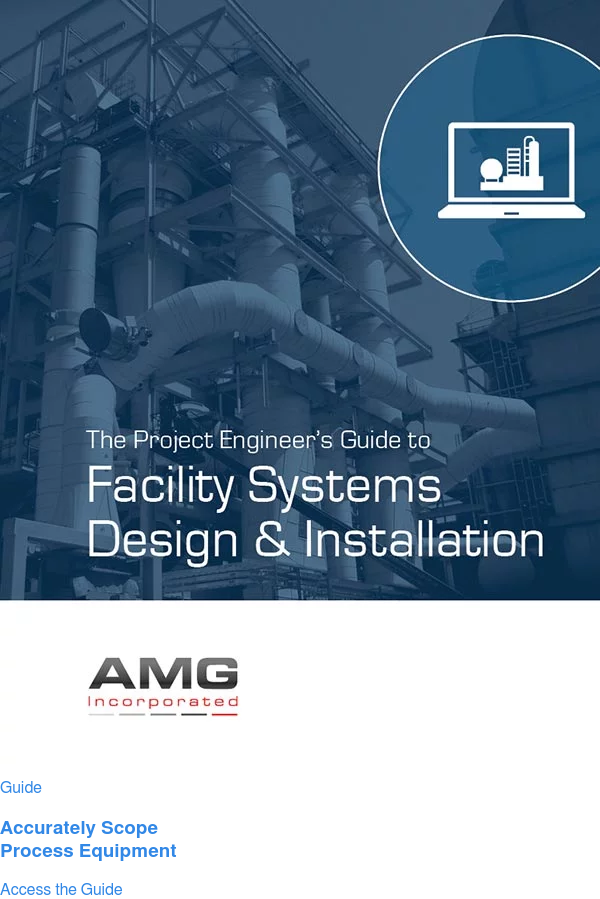An Intelligent P&ID (Process and Instrumentation Diagram) is a combination of a CAD drawing and a database that is created and maintained concurrently. The intelligence comes from the real time link between the entities shown on the drawing and specific data stored in the database.
How Traditional Process and Instrumentation Diagrams are Created
P&ID's are usually created under the supervision of a Process Engineer who is responsible for process flow, equipment identification and sizing, flow rates, control and related information. As a project progresses it becomes necessary to tabulate, manipulate, sort, and/or organize nearly all information that might be present on a P&ID.
Information pertaining to items such as motors, instruments, valves, piping, and interlocks is arranged into lists or reports for reasons ranging from purchasing to process control. Whether the project P&ID's are created with the intelligence feature or by conventional CAD methods, these lists and/or reports will no doubt be created.
The Fallout of the Traditional System
With conventional P&ID's, these lists are created manually by taking information off of the P&ID drawing and entering that information into a spreadsheet. This process creates a situation where data exists, by necessity, in two different locations. Invariably, things change. The responsibility of managing two sets of hopefully identical data becomes enormous.
Four Advantages of Intelligent P&ID's
1) Within the Intelligent Process and Instrumentation Diagram environment, data entries made to either the drawing or the database are managed in a single database and are kept current in both platforms. One advantage of the Intelligent P&ID is that the various lists and reports described previously can be generated anytime after the drawings are started. For example: If the client needs a quick horsepower estimate, a motor report can be generated in a matter of minutes tabulating each motor and it's corresponding rating. This data will always be consistent with the latest revisions made to either the database or to the drawing file.
2) Intelligent P&ID's contain more information than their traditional predecessors. For example, when a pump is inserted into a P&ID within the intelligent environment, the software requires inlet and discharge sizes to be input so that the background database can track the piping into and out of the pump. The same holds true for most inline equipment and devices such as valves, flow meters, etc.
3) Intelligent P&ID's also offer significant advantages to the processing facility long after the construction project for which they were created is complete. Since the data within the P&ID is maintained in an open database format (Microsoft® ACCESS), the data is available to other applications for viewing or editing. Maintenance departments, for example, frequently incorporate database applications to organize their efforts.
4) A common problem in a processing facility is in knowing with certainty what size impeller currently exists in each centrifugal pump. It is unlikely that most facilities update each traditional P&ID when such change occurs. If a facility is equipped with Intelligent P&ID's the maintenance personnel can, with a few key strokes, update the data record for a particular pump, and the P&ID will be up to date at the next printing.
Our Experience in Intelligent P&ID's
Intelligent Process and Instrumentation Diagrams hold substantial benefits for plants of all sizes. AMG is qualified to create Intelligent P&ID's to make industrial processes more efficient. If you are considering incorporating Intelligent P&ID’s on your next project, contact us!



